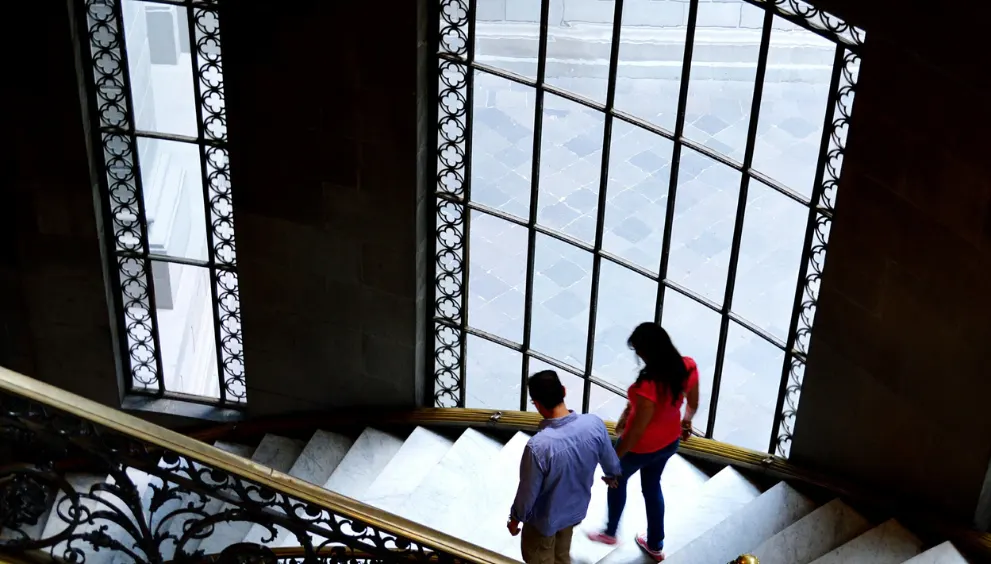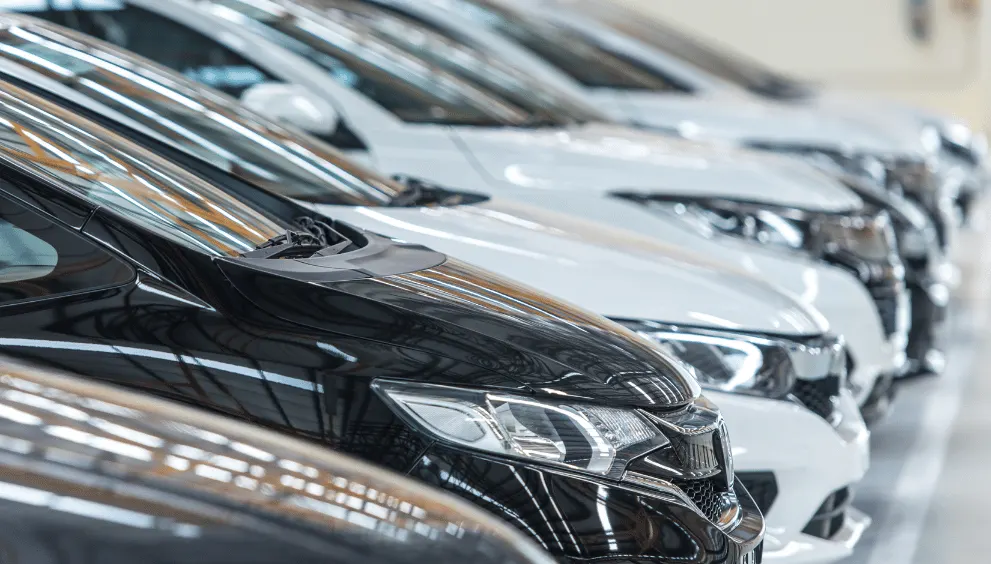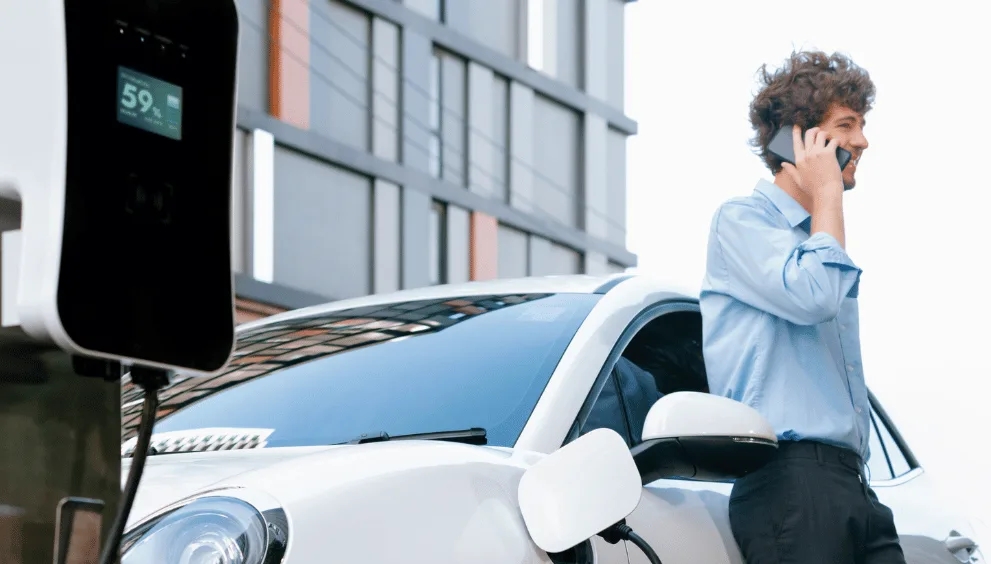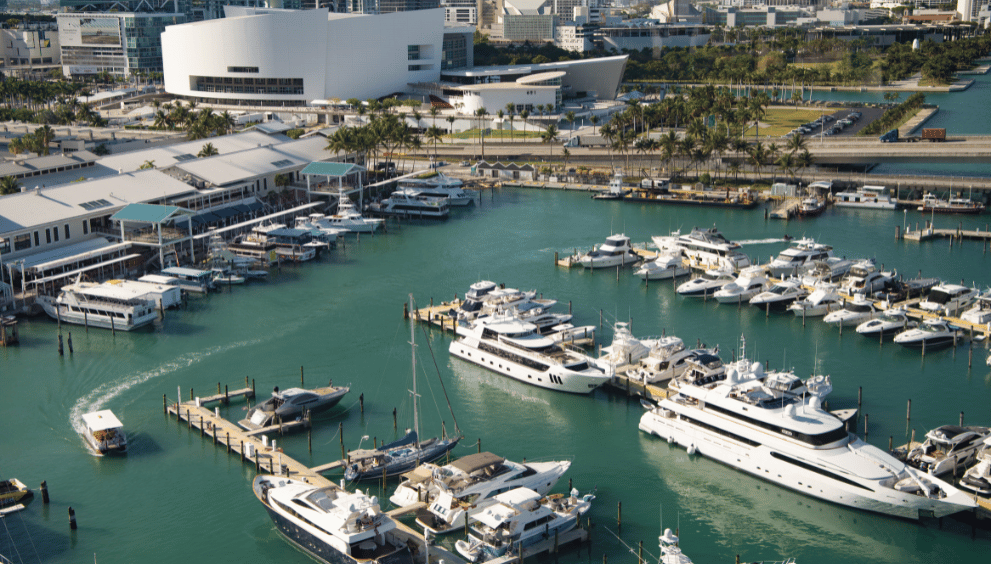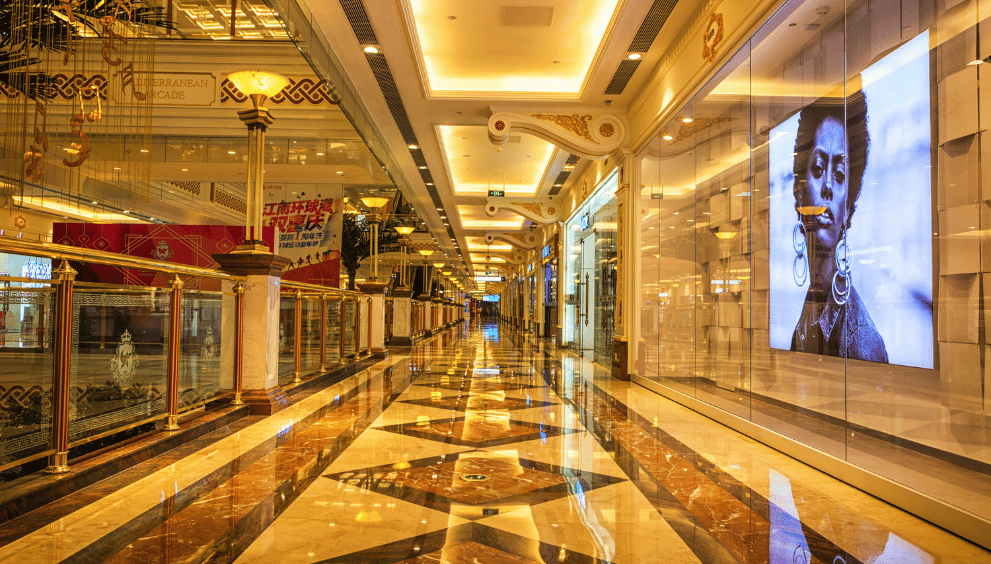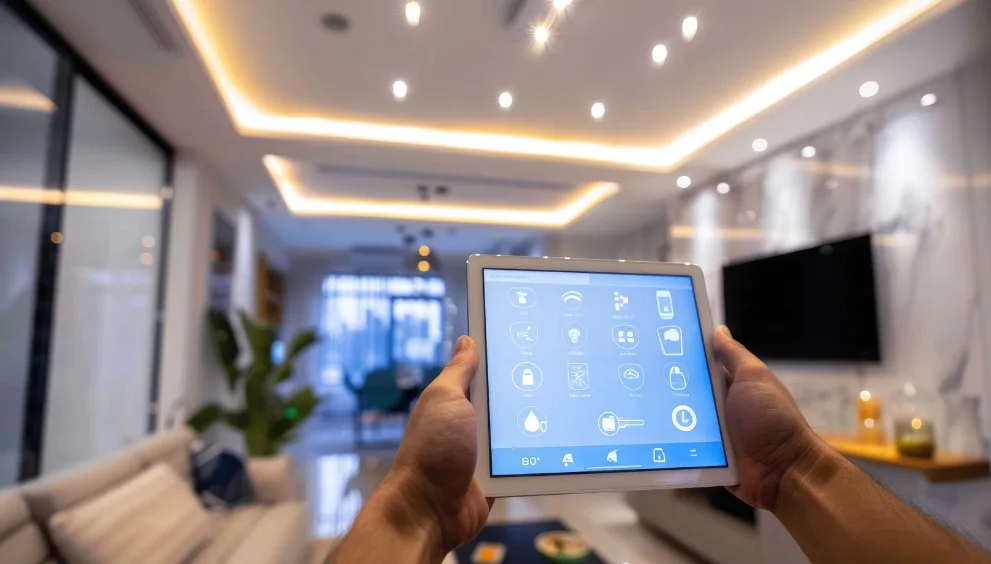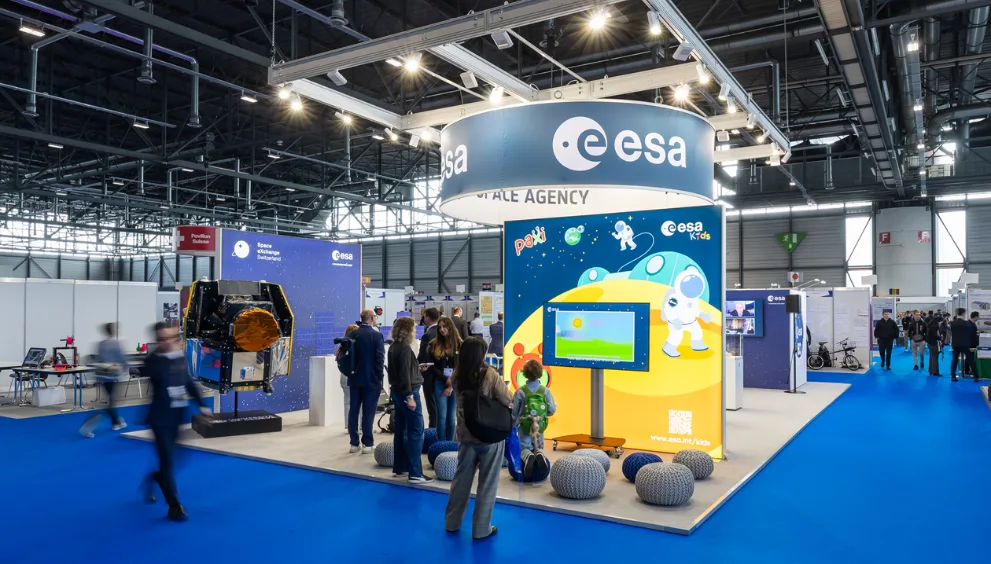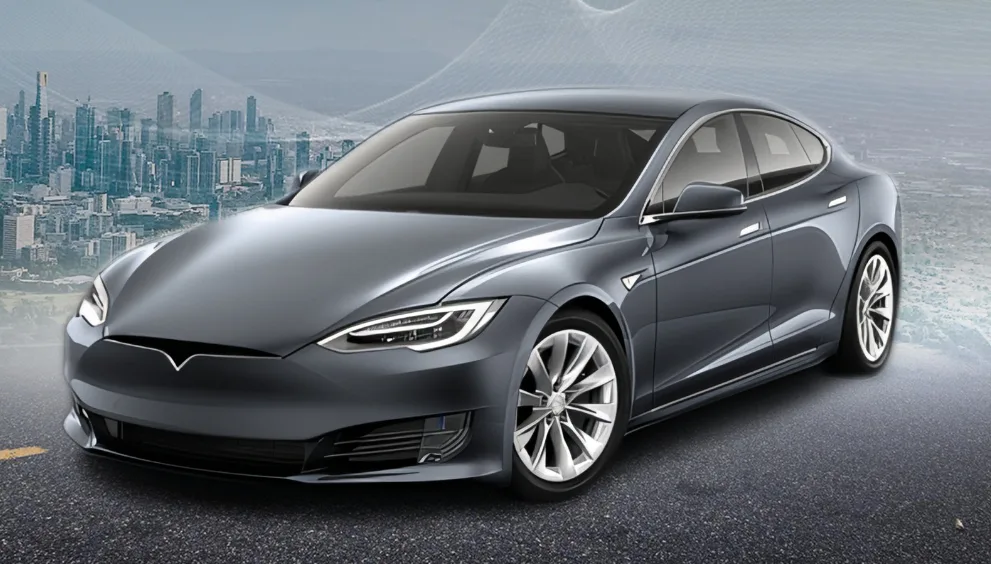The Future of Smart Cities: How Singapore Is Leading the Charge in Urban Tech

Hey Urbanites,
Ever imagined your city transforming into something straight out of a sci-fi movie where there are self-driving cars, smooth and effortless public transportation, effective public administration, and little to no traffic with everything at your fingertips? A city that brings connectivity along with stability, like beautiful public spaces that are filled with greenery and tucked safely into every corner of the city, or how there is less pollution of noise, and air, where people care about the welfare of well… people.
A city that prioritizes its citizens by giving them the best place to call home. Ever thought what that would feel like? Where do individuals take pride and responsibility for the city when the air is clean, and they are content?
Isn’t that a lovely sight to envision? Not everyone has the opportunity to grow up in such an environment, but it ought to be. And as technology is advancing, it might as well be a reality for us all in no time at all, but now this is a budding reality for the Singaporean citizens.
“Urbanism works when it creates a journey as desirable as the destination is.” _ Paul Goldberger.
To make such a city a reality that will redefine urbanisation for the better rather than the worst, cities like Singapore are taking leading roles in incorporating innovative and technological measures to build cities that harbour and nurture both mankind and nature, as coexisting elements that could make the world a better place.
For anyone who doesn’t know, Singapore didn’t just rise from the ground on a random Tuesday. It’s a living testament to the thought, concepts, and ideas that the people of the city put into its construction. It’s a well-planned city that is now on its way to becoming a smart city.
But what does a smart city even mean? Like, was it not smart before?
A smart city holds the elements of a regular city with an additional element of digitalization, technological innovation, AI, and connectivity to improve the welfare of its residents. It means a city where traffic congestion, public transport, allocation of resources, public safety, and health amenities are overseen by cutting-edge technology like big data analytics and AI models. Allowing tech advancements to take over processes makes the city more efficient and effective in its everyday life. It’s not about adding technology to everything, it’s about finding that balance between technology and humane purposes like environmental sustainability, social inclusion, political justice, and overall economic development. And in this department, Singapore is shining!
This all started due to Prime Minister Lee Hsien Loong, as he announced the ‘Smart Nation’ initiative in 2014. As an effort to apply technological advancements to improve the quality of livelihood of its citizens, enhance local businesses, and create a sustainable environment for the city-state of an island.
Now that we know Singapore is on the path of transformation, let’s look at how it’s doing it as well.
A crucial element, Singapore is based on its innovative transportation system in its smart city framework. With the goal of minimizing traffic and wait times on the road and improving the commuter experience overall, this clever system introduced a variety of cutting-edge techniques, such as electronic road pricing, autonomous vehicle trials, and smart traffic management, by using cameras and sensors to gather traffic data in real time. The land transport authority is also exploring autonomous buses and taxis to complement the public transport system.
Another game-changer? Connectivity. With the introduction of 5G speed, it is one of the fastest available internet networks on the planet, available across the island. Supporting a wide range of digital services that range from government administration to health and everything in between. This provides an advantage to the city, allowing technology to flourish in every sector efficiently.
Advanced data analytics and Internet of Things (IoT) function as necessary elements to optimize urban planning and resource management. Using 3D models and simulation tools, city planners optimize for population density, green spaces, and energy use. Smart sensors monitor everything from water and energy consumption to waste, helping reduce the city’s environmental impact. Projects like Punggol Digital District show how smart tech is embedded into daily life.)
One of the city’s major plans is to reduce its carbon footprint by heavily investing in innovative tech. They introduced floating solar farms, given the unavailability of land on the island, displaying a smart option to utilize resources in a land-scarce country. Another fantastic initiative is the district cooling system, which is a centralized cooling network that is more energy efficient and doesn’t require each building in the vicinity to own its air conditioning system.
And if you think this all is cool, we’re still missing an important element in this system- Water management. With advanced desalination plants and a water recycling system, the city is on its way to obtaining self-sufficiency in water despite not having a natural reservoir. This demonstrates how the city is optimizing its natural resources to not only create a self-sustaining utopia but also to preserve its natural resources in the process of doing so.
The Humane touch amid technology:
Despite wanting to include technology in each sphere of life, Singapore still hasn’t lost sight of its most valuable element- its citizens. After all, there’s no point in a smart city without smart people; hence, education and digital literacy, along with ensuring connectivity and convenience to its citizens, have been a top priority for the country. Freedom for education in the digital age for all its citizens has been a crucial step for the advancement to being a smart city, and Singapore will make sure no citizen is not given an opportunity to be a part of the digital revolution.
Even healthcare, a sphere where technology meets human touch, has been revolutionized. Telemedicine services allow patients to consult doctors remotely in the comfort of their homes, while AI-powered tools are helping diagnose illnesses faster and more accurately, boosting efficiency in the system.
Well then, what else can we expect from this country-city that’s on the way to becoming a smart city?
The city is leading the world into next-gen tech advancements like the 5G network or quantum computing that are bound to reflect on what a smart city looks like. The government is also religiously working towards the integration of AI in spheres of public administration, law enforcement, and most importantly, education.
However, having the best technological advances isn’t the sole variable that drives Singapore’s success. It comes down to the values and ideas that the city can manifest in its citizens, which allows them to accomplish all their smart city endeavours. The fact that they are readily able to embrace such dynamic changes and support the system shows the trust that the government has in its people and vice versa. As cities advance towards being smarter, Singapore displaces a vision- a role model of how human ideas and technology, with the right addition of natural resources, can create magic for the people who call the urban city home. Showing the world that it is not just about technology, but about people and the environment, and if those stay a priority, we can build something that makes the world a better place.
So, the next time someone talks about smart cities, remember: Singapore isn’t just leading the charge—it’s redefining what’s impossible to the world by creating a haven to call home.
Until next time, Signing off for now.
- smart city





